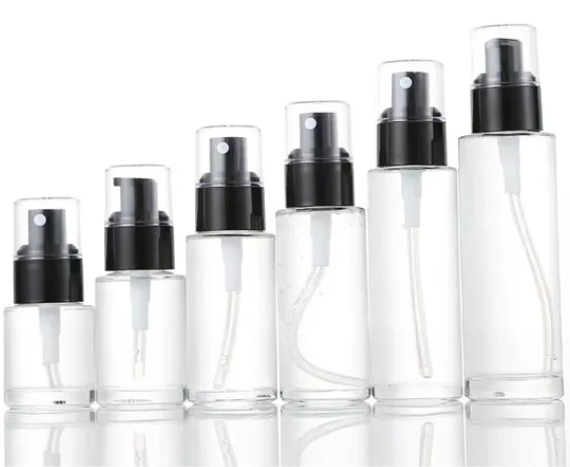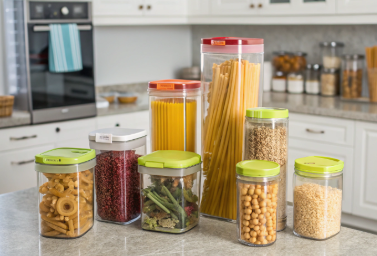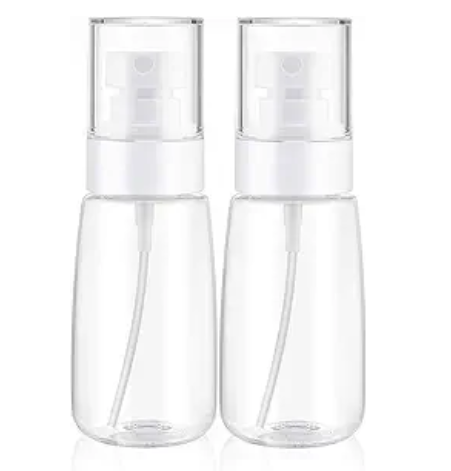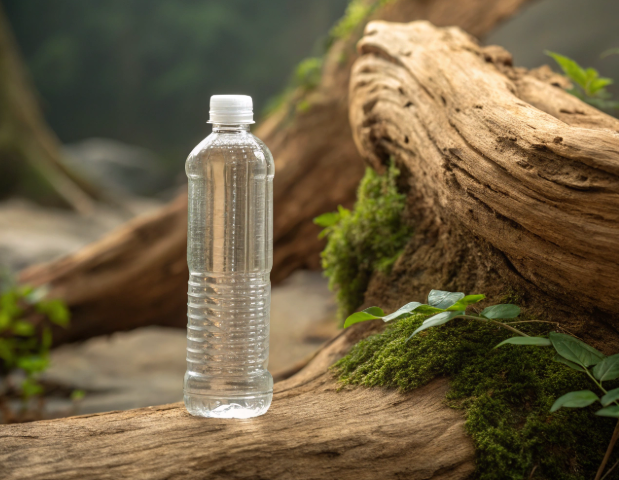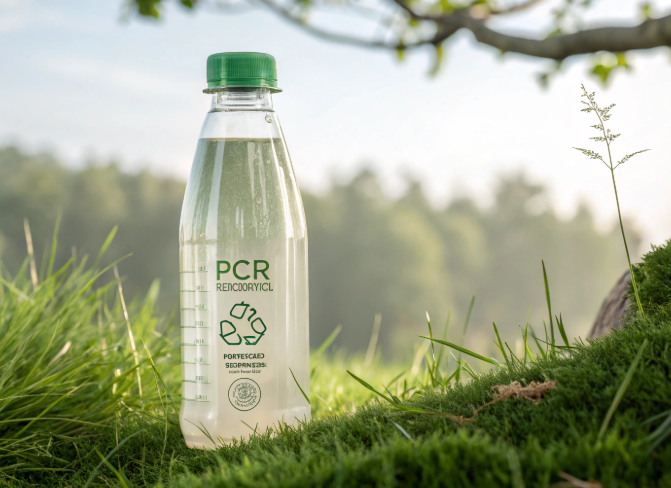Introduction
In the era of sustainability and strict regulatory standards, PCR (Post-Consumer Recycled) bottles and jars have become the packaging of choice for beauty, skincare, food, and pharmaceutical brands worldwide. Yet, as demand for PCR packaging rises, so does the expectation for uncompromising hygiene and product safety. Whether you’re a procurement manager, brand founder, or B2B distributor, knowing how to properly sterilizePCR bottlesand jars is essential—not only to protect your end users but also to safeguard your brand reputation and ensure compliance with global standards.
Sterilization is more than a technical step in the production chain. It’s a critical process that can impact everything from shelf life and product efficacy to consumer trust and regulatory approval. This comprehensive guide explores the science, methods, and best practices for sterilizingPCR bottlesand jars in 2024, with expert insights from PauPack Bottles—your trusted PCR bottle manufacturer, supplier, and OEM/ODM partner.
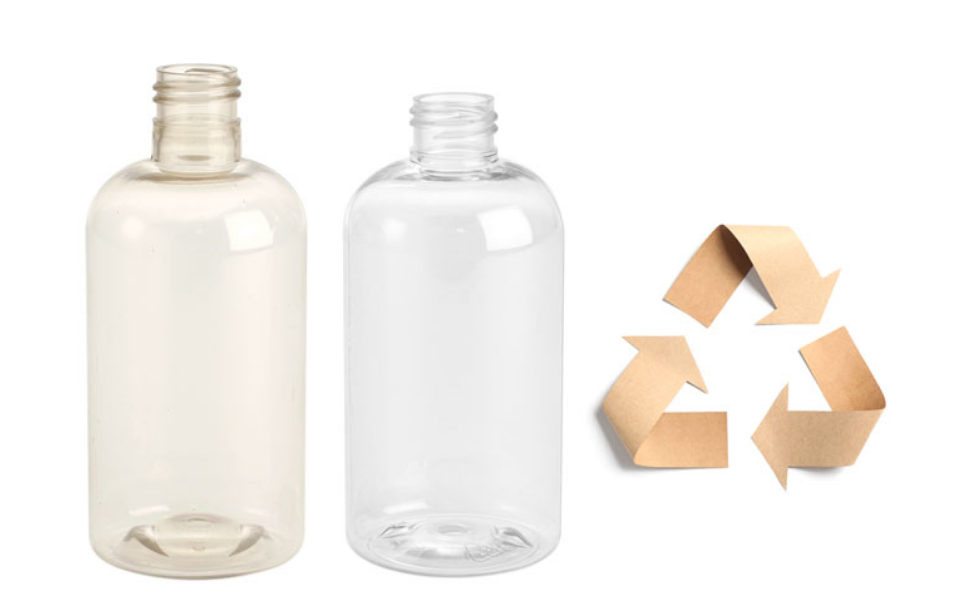
Why Sterilization Matters for PCR Packaging
Sterilization is the process of eliminating all forms of microbial life, including bacteria, viruses, fungi, and spores, from packaging surfaces. ForPCR bottlesand jars, which are often used for sensitive products like skincare, essential oils, supplements, and food, sterilization is non-negotiable.
Unsterilized packaging can harbor contaminants that compromise product safety, cause spoilage, or trigger allergic reactions. For brands, even a single contamination incident can result in costly recalls, regulatory penalties, and lasting damage to consumer trust. In B2B supply chains, sterilization is also a key requirement for export compliance, especially when shipping to markets with strict hygiene standards such as the US, EU, and Japan.
PCR packaging presents unique sterilization challenges. Recycled plastics may have different heat tolerances, chemical compatibilities, and surface porosities compared to virgin materials. This makes it essential to choose sterilization methods that are both effective and gentle, preserving the integrity and sustainability benefits of PCR.

Understanding PCR Material Properties and Sterilization Compatibility
PCR bottlesand jars are typically made from recycled PET, HDPE, or PP. Each material has its own physical and chemical properties that influence sterilization options:
-
PCR PET: Commonly used for cosmetic and beverage bottles. Offers good clarity and strength but is sensitive to high heat.
-
PCR HDPE: Used for jars, bottles, and closures. More heat-resistant but less clear than PET.
-
PCR PP: Often chosen for closures and dispensers due to its chemical resistance and flexibility.
When selecting a sterilization method, consider:
-
Heat resistance (can the bottle withstand autoclaving or hot filling?)
-
Chemical compatibility (will sterilants degrade or discolor the plastic?)
-
Surface porosity (does the recycled content affect microbial adhesion?)
Always consult with your PCR bottle supplier or OEM partner to confirm the recommended sterilization protocols for your specific packaging.
Common Sterilization Methods for PCR Bottles and Jars
A. Steam Sterilization (Autoclaving)
Steam sterilization uses high-pressure saturated steam at temperatures typically between 121°C and 134°C. It is highly effective against all microorganisms but is only suitable forPCR bottlesand jars that can withstand high temperatures without warping or degrading. PCR PET is generally not recommended for autoclaving, while PCR HDPE and PP may be suitable for short cycles.
Pros:
-
Highly effective
-
No chemical residues
Cons:
-
Not suitable for all PCR plastics
-
Can cause deformation or loss of clarity
B. Dry Heat Sterilization
Dry heat sterilization involves exposing bottles and jars to hot air at 160–180°C for a set period. This method is less common for PCR plastics due to the risk of melting or warping, but may be used for certain high-heat-resistant closures or components.
C. Chemical Sterilization
Chemical sterilization uses agents such as hydrogen peroxide, peracetic acid, or ethylene oxide gas to kill microbes at lower temperatures. This method is widely used for PCR packaging because it is effective without exposing materials to damaging heat.
Pros:
-
Suitable for most PCR plastics
-
Effective against a broad spectrum of microbes
Cons:
-
Requires careful rinsing or aeration to remove residues
-
Must ensure chemicals are compatible with PCR materials
D. UV Sterilization
Ultraviolet (UV) light at specific wavelengths can destroy microorganisms on the surface of PCR bottles and jars. UV sterilization is non-invasive and leaves no residue, making it ideal for sensitive packaging.
Pros:
-
No heat or chemical exposure
-
Fast and residue-free
Cons:
-
Only effective on surfaces directly exposed to UV
-
Not suitable for opaque or thick-walled containers
E. Gamma Irradiation
Gamma irradiation uses high-energy rays to sterilize packaging at the molecular level. It is effective for large-scale industrial applications and suitable for most PCR plastics.
Pros:
-
Deep penetration, suitable for bulk sterilization
-
No heat or chemical exposure
Cons:
-
Requires specialized facilities
-
Can affect material properties if not properly controlled
Step-by-Step Sterilization Process for PCR Bottles and Jars
Step 1: Pre-Cleaning
Before sterilization, thoroughly wash bottles and jars to remove dust, oils, and manufacturing residues. Use mild detergents and soft brushes to avoid scratching the plastic. Rinse with deionized or distilled water to prevent mineral deposits.
Step 2: Inspection
Visually inspect each bottle and jar for cracks, warping, or discoloration. Discard any defective units, as these may not withstand sterilization or could compromise product safety.
Step 3: Selection of Sterilization Method
Choose the sterilization method based on your PCR material, product requirements, and regulatory standards. For most cosmetic and food applications, chemical or UV sterilization is preferred.
Step 4: Sterilization Execution
-
For chemical sterilization: Immerse or spray bottles and jars with the sterilant, ensuring all surfaces are covered. Allow the recommended contact time, then rinse thoroughly with sterile water.
-
For UV sterilization: Expose bottles and jars to UV light in a controlled chamber for the specified duration.
-
For gamma irradiation: Arrange for industrial processing at a certified facility.
Step 5: Drying and Post-Sterilization Handling
After sterilization, allow bottles and jars to dry in a clean, dust-free environment. Use sterile gloves and tools to handle packaging, minimizing the risk of recontamination.
Step 6: Packaging and Storage
Immediately package sterilized bottles and jars in sterile, sealed bags or containers. Store in a clean, climate-controlled area until ready for filling.
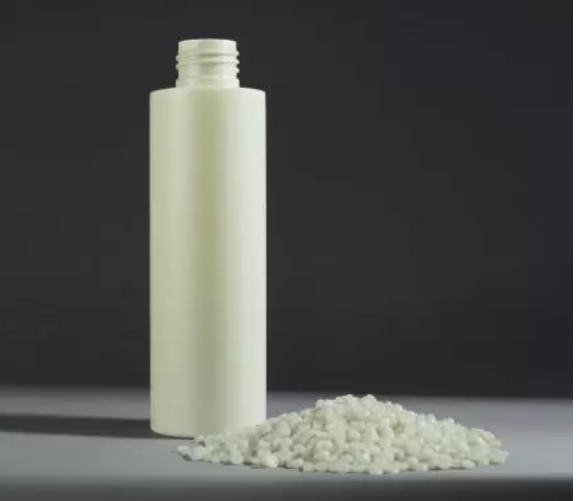
PauPack Bottles: Your Trusted Partner for Sterile PCR Packaging
At PauPack Bottles, we know that packaging hygiene is as important as sustainability and design. As a leading PCR bottle manufacturer, supplier, and OEM/ODM expert, we offer advanced sterilization solutions tailored to your product and regulatory needs.
Our approach includes:
-
Rigorous pre-shipment cleaning and sterilization using validated protocols
-
Batch testing and certification for every order
-
Custom sterile packaging options for sensitive applications (cosmetics, essential oils, food, pharmaceuticals)
-
Guidance on best sterilization practices for your specific PCR bottle or jar design
-
Flexible MOQs and global export support to ensure your supply chain remains compliant and efficient
We are committed to helping brands like yours deliver safe, sustainable, and standout products to markets worldwide.
Regulatory Considerations and Documentation
Sterilization is subject to strict regulatory oversight, especially in the food, pharmaceutical, and cosmetic industries. Key requirements include:
-
Validation of sterilization processes (e.g., log reduction of specific microbes)
-
Batch records and traceability for each production run
-
Certificates of analysis (COA) and compliance documentation for export
-
Adherence to local and international standards (e.g., FDA, EU, ISO)
Working with a certified PCR bottle supplier like PauPack Bottles ensures your packaging meets all necessary legal and quality benchmarks, reducing the risk of delays, recalls, or import rejections.
Common Pitfalls and How to Avoid Them
-
Overheating or chemical incompatibility: Always verify that your chosen sterilization method is compatible with your specific PCR material.
-
Inadequate rinsing: Chemical residues can compromise product safety or alter product properties. Rinse thoroughly after chemical sterilization.
-
Recontamination: Handle sterilized packaging only in clean environments, using sterile gloves and tools.
-
Documentation gaps: Maintain complete records of sterilization procedures, test results, and batch traceability.
By following best practices and partnering with experienced suppliers, you can ensure the safety and quality of your PCR bottle packaging at every stage.
Future Trends in PCR Bottle and Jar Sterilization
As sustainability and safety standards evolve, expect to see:
-
Greater adoption of green sterilization technologies (e.g., ozone, plasma)
-
Increased automation and in-line sterilization in packaging lines
-
Enhanced traceability through digital batch records and QR code tracking
-
Ongoing innovation in PCR material science to improve heat and chemical resistance
Brands that stay ahead of these trends will be better positioned to meet regulatory demands and consumer expectations for safe, sustainable packaging.
Conclusion
Sterilizing PCR bottles and jars is a critical step in delivering safe, high-quality products to consumers and meeting global regulatory standards. By understanding your material properties, selecting the right sterilization method, and partnering with an experienced supplier like PauPack Bottles, you can ensure your packaging supports both your sustainability goals and your brand reputation.
PauPack Bottles is dedicated to providing not only innovative PCR packaging but also the expertise and support you need to keep your supply chain safe, compliant, and competitive.
Summary Table: Sterilization Methods for PCR Bottles and Jars
| Sterilization Method | Suitable PCR Materials | Pros | Cons | Typical Use Cases |
|---|---|---|---|---|
| Steam (Autoclaving) | HDPE, PP (limited) | Highly effective, no residues | Not for PET, may deform plastic | Pharma, labware (if heat-stable) |
| Dry Heat | HDPE, PP (limited) | Effective, no chemicals | High temperature, risk of melting | Closures, labware |
| Chemical (e.g. H2O2, EtO) | PET, HDPE, PP | Low-temp, broad-spectrum, scalable | Requires rinsing, chemical handling | Cosmetics, food, pharma |
| UV Sterilization | All (surface only) | No heat/chemicals, fast, residue-free | Surface only, not for opaque bottles | Cosmetics, food, pharma |
| Gamma Irradiation | PET, HDPE, PP | Deep penetration, bulk processing | Needs facility, may alter properties | Food, pharma, medical |





